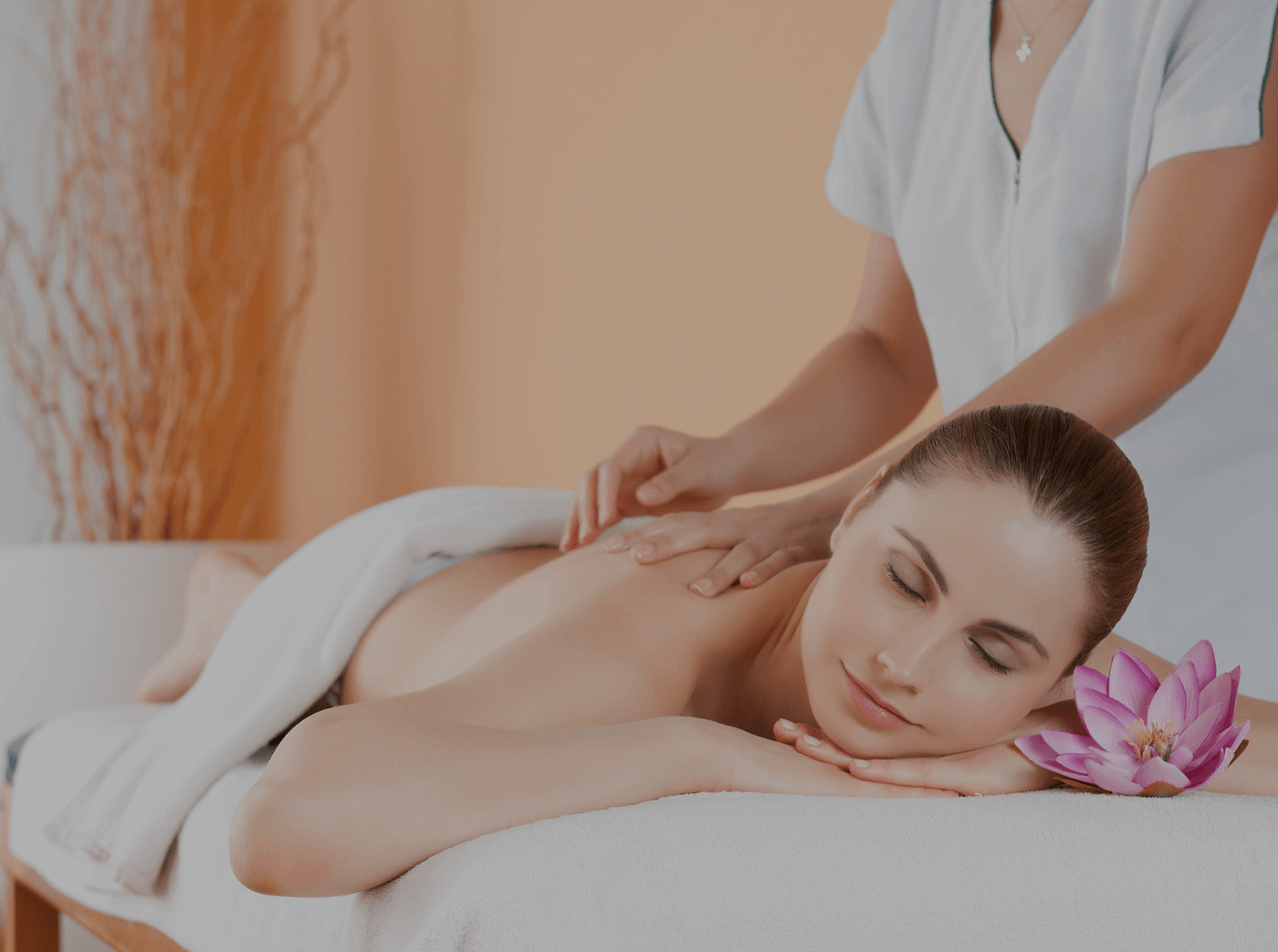
Reflexology, an old healing method that goes back thousands of years, has gotten renewed interest in the modern-day world as people look for different techniques for enhancing their health and wellness. This holistic treatment is based on the concept that details factors on the hands, feet, and ears represent different body organs and systems within the body. By applying pressure to these points, practitioners intend to advertise healing, eliminate stress, and restore balance to the body.
The origins of reflexology can be mapped back to old people, including Egypt and China. A pictograph found in the tomb of an Egyptian medical professional, dating around 2330 BC, portrays what shows up to be a reflexology treatment. Over the centuries, numerous societies have developed their very own kinds of pressure point therapy, however it wasn’t until the early 20th century that reflexology as we understand it today started to materialize.
Dr. William Fitzgerald, an American ear, nose, and throat physician, is credited with introducing “area treatment” to the Western world in the very early 1900s. His job was later on improved and broadened upon by Eunice Ingham, usually described as the “mom of modern reflexology.” Ingham created thorough maps of response factors on the feet and hands, which create the basis of contemporary reflexology methods.
The core idea in reflexology is that the body is adjoined, and that by stimulating particular reflex factors, one can affect the performance of matching body organs and systems. For instance, the pointers of the toes are believed to represent the head, while the ball of the foot is related to the chest and lung area. By applying pressure to these locations, reflexologists intend to clear power blockages, enhance circulation, and advertise the body’s all-natural recovery procedures.
While clinical research study on reflexology is recurring, several people report experiencing a variety of take advantage of normal sessions. These may include decreased stress and anxiety and anxiety, boosted sleep top quality, enhanced blood circulation, and remedy for various kinds of discomfort, including headaches and menstrual pain. Some people also find reflexology valuable in handling signs and symptoms associated with persistent problems such as fibromyalgia and arthritis.
A normal reflexology session generally lasts between 30 minutes to an hour. The specialist will certainly start by assessing the customer’s wellness history and current worries. The treatment itself involves using varying levels of pressure to details factors on the hands, ears, or feet, relying on the type of reflexology being exercised. Many individuals locate the experience deeply soothing and may even go to sleep during the session.
東京 to keep in mind that while reflexology can be a valuable enhance to conventional healthcare, it ought to not be checked out as a substitute for specialist medical suggestions or therapy. Constantly seek advice from a healthcare carrier before beginning any type of new health and wellness routine, especially if you have pre-existing medical conditions or are expecting.
As interest in alternative health methods continues to expand, reflexology is likely to preserve its popularity as a mild, non-invasive technique to promoting overall wellness. Whether you’re seeking tension relief, discomfort management, or just a method to reenergize and kick back, exploring the old art of reflexology might simply be the action in the direction of better wellness you’ve been trying to find.
Over the centuries, numerous cultures have actually developed their very own types of stress point treatment, yet it wasn’t until the early 20th century that reflexology as we recognize it today started to take form.
Ingham created comprehensive maps of response points on the hands and feet, which develop the basis of contemporary reflexology practices.
The core belief in reflexology is that the body is adjoined, and that by boosting specific reflex factors, one can affect the functioning of equivalent body organs and systems. The therapy itself includes using varying levels of stress to particular factors on the feet, ears, or hands, depending on the kind of reflexology being exercised.